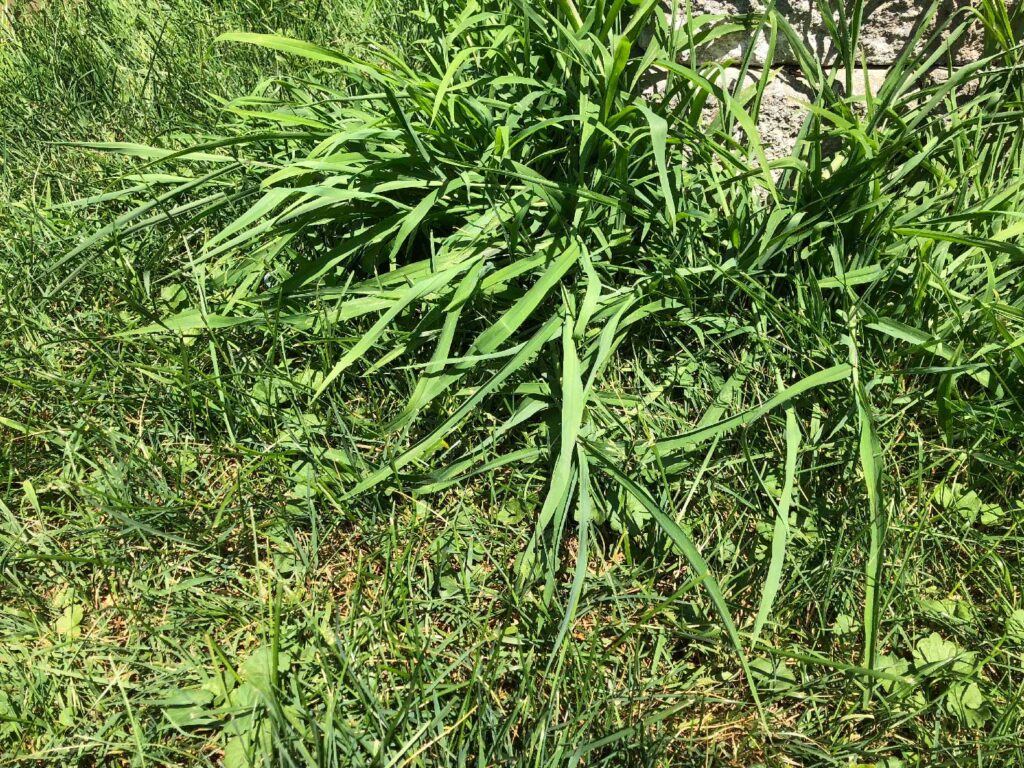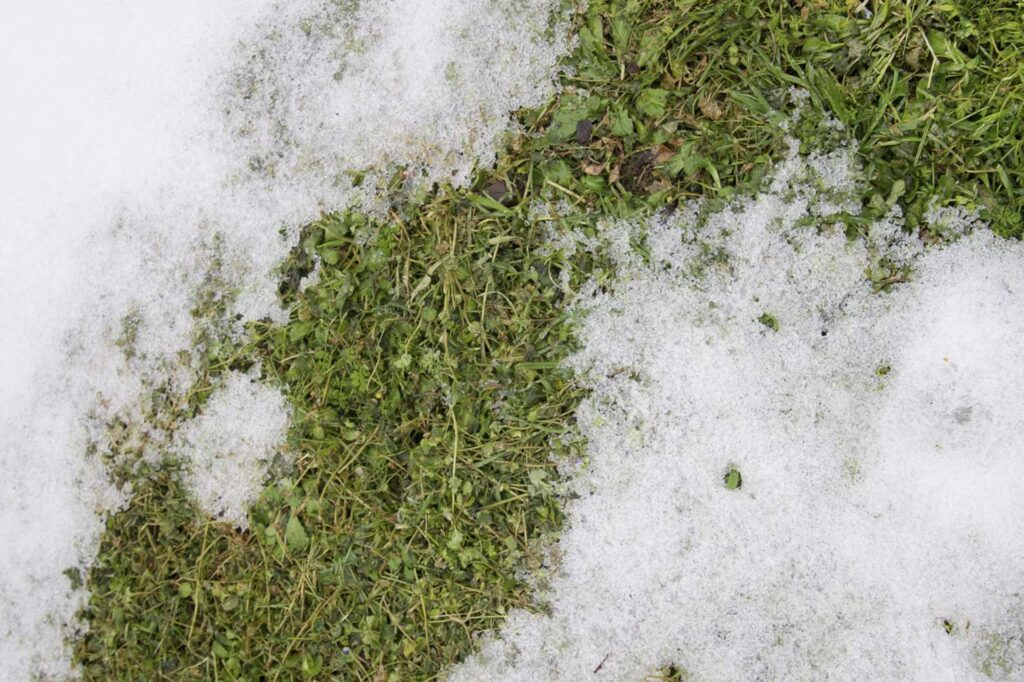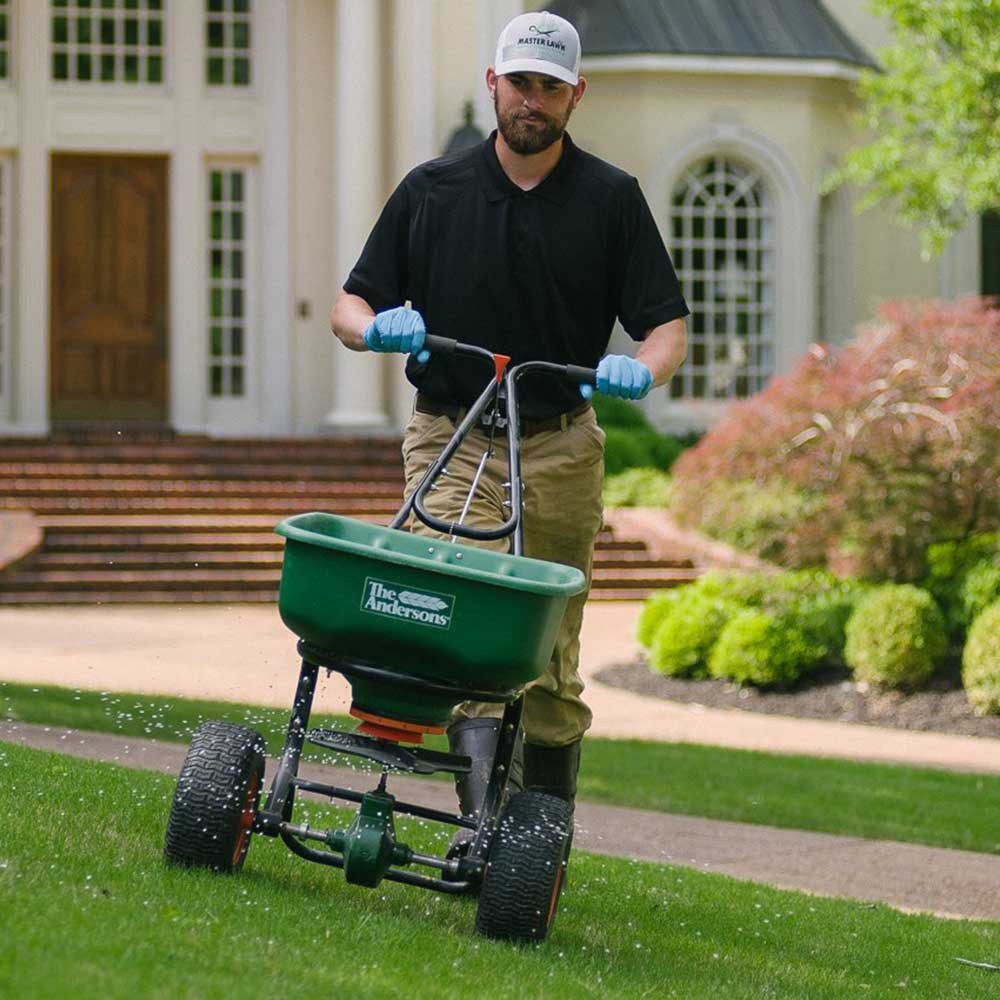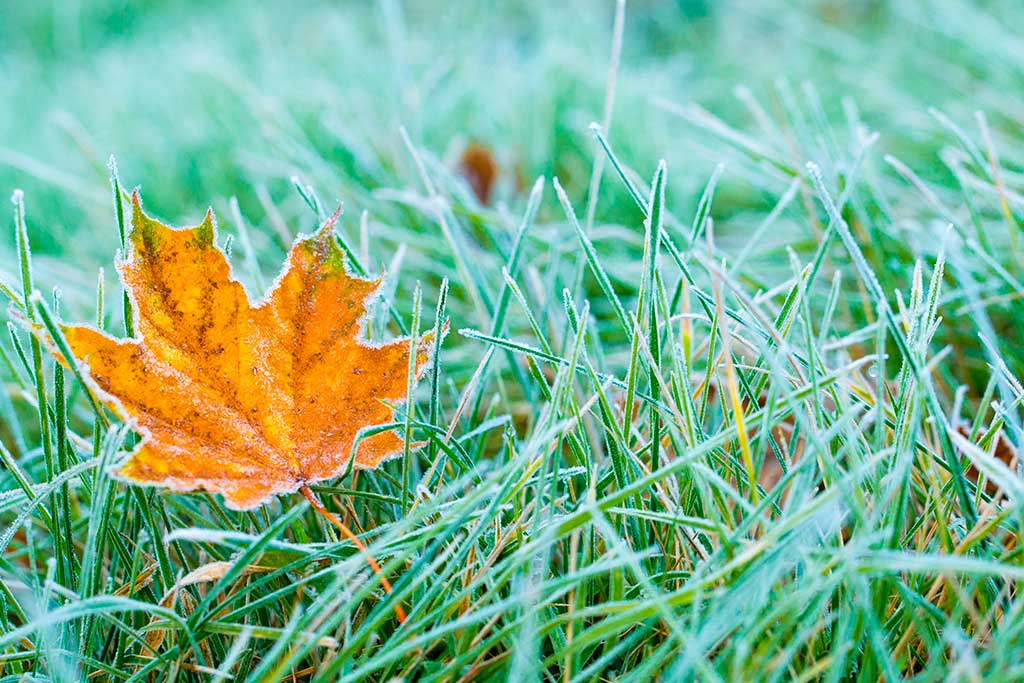Crabgrass and quackgrass are two types of grasses that are often confused, but are actually different. Although they are both annuals that propagate by seed and rooting from stems to nodes, their behavior and appearance are distinct. Both plants can be very invasive and can cause damage to a lawn if not controlled quickly.
crabgrass and quackgrass grow rapidly when the temperature is 20 degrees Celsius or higher and the humidity in the air is high. However, there are some important differences between the two plants that can help you tell them apart.
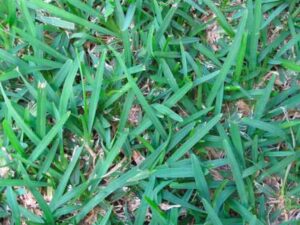 Quackgrass is a very common and tenacious plant that usually produces 25 to 40 seeds on each stem. These seeds are grouped in green or blue-green spikes that can be 5 to 30 cm long. Quackgrass generally grows in full sun and likes high temperatures. It disappears at the end of the year, but not before spreading thousands of seeds that will begin to sprout the following spring.
Quackgrass is a very common and tenacious plant that usually produces 25 to 40 seeds on each stem. These seeds are grouped in green or blue-green spikes that can be 5 to 30 cm long. Quackgrass generally grows in full sun and likes high temperatures. It disappears at the end of the year, but not before spreading thousands of seeds that will begin to sprout the following spring.
Crabgrass, on the other hand, is a plant that spreads from a central root on a low, dry part of the ground. It can quickly become a problem as it can grow vigorously in hot, dry conditions. Before dying in the fall, the plant also sheds seeds on the ground, which can lead to new growth the following spring.
In the spring, crabgrass often looks like regular grass, but its color becomes paler and its tips curl over time. It often grows faster than regular grass and usually settles in weak spots such as along sidewalks and cement strips. Crabgrass can be dark green or purple in color and produce seeds that return to the soil through mowing or plant death, helping to spread it.
To prevent the growth of these plants in your lawn, it is recommended to adopt a fertilization program to maintain a dense and healthy lawn, as well as not to mow the lawn too short (minimum of 3 to 3 1/2 inches). There is no conventional herbicide that can control quackgrass or crabgrass, but hand-pulling the plants is an option. In the case of crabgrass, the application of a selective pre-emergent anti-crabgrass product may also be justified. In summary, it is important to know the difference between these two plants to control them effectively and maintain a healthy and beautiful lawn.
In conclusion, although crabgrass and quackgrass are often confused due to their similarity, it is important to recognize their differences so that you can control them effectively. Both plants are invasive and can damage a lawn if not treated quickly. It is therefore recommended to maintain a dense and healthy lawn by adopting a fertilization program, as well as not to mow the lawn too short to prevent their spread. Manual control of plants is also an option to control their growth, and in the case of crabgrass, application of a selective pre-emergent crabgrass control product may be warranted. By taking the proper measures, it is possible to maintain a healthy lawn and prevent the unwanted growth of these plants.
